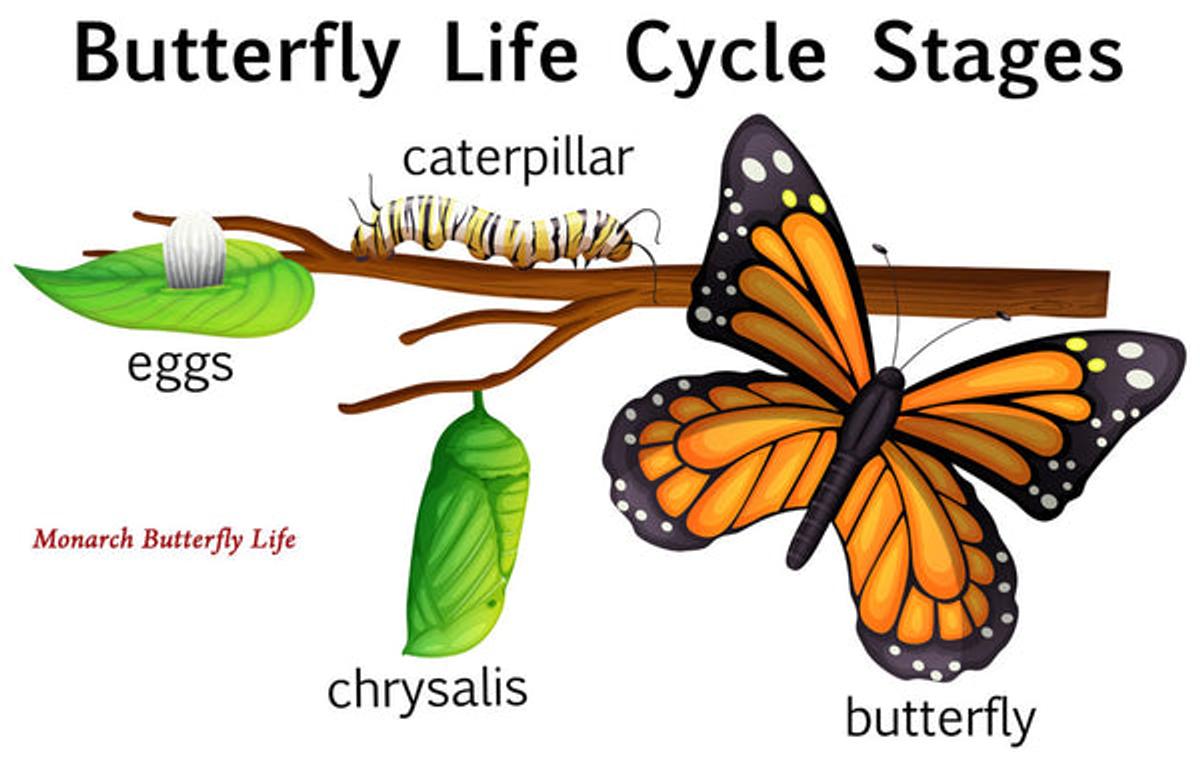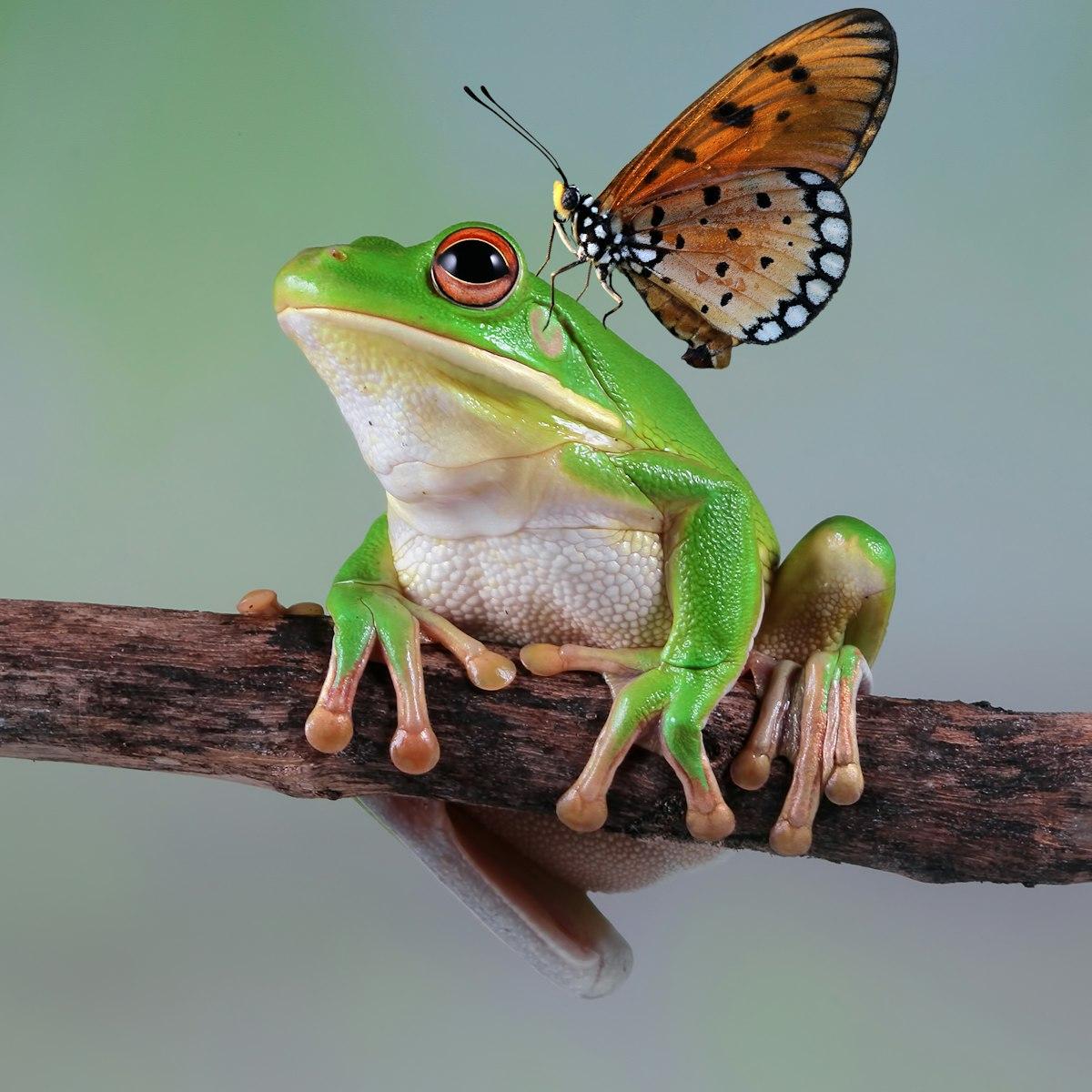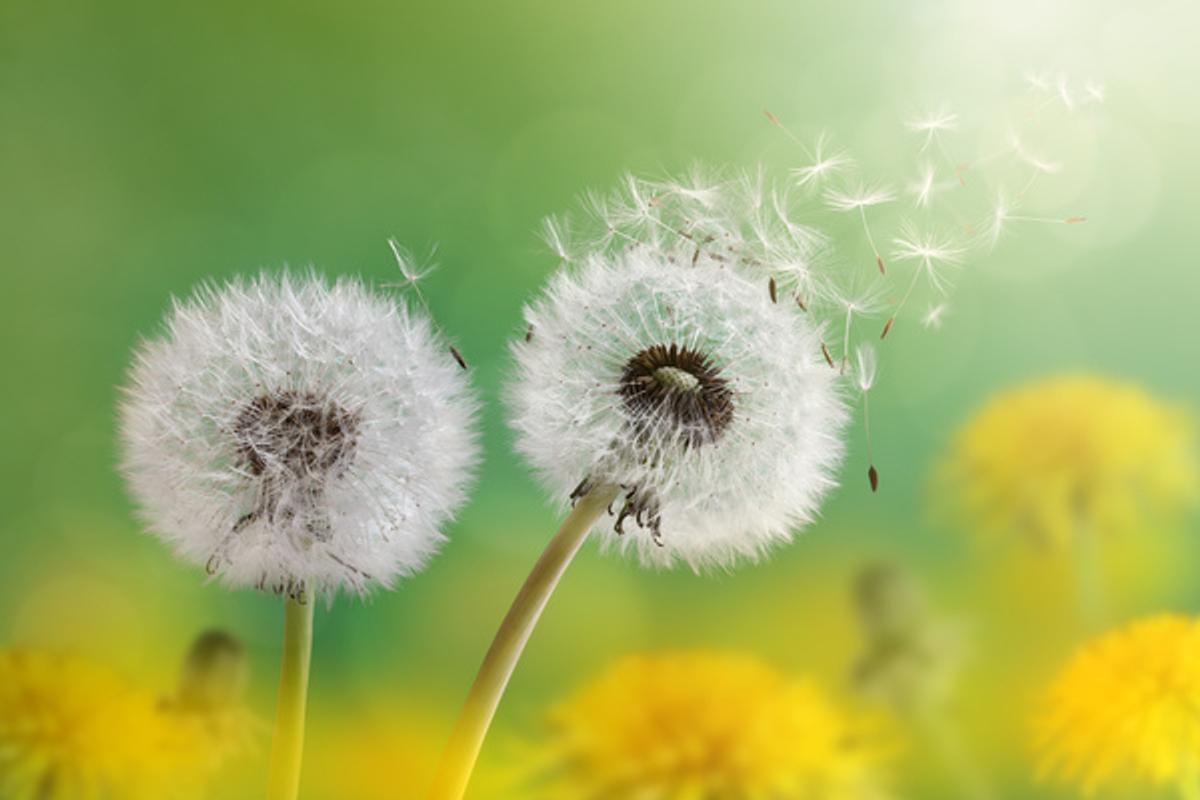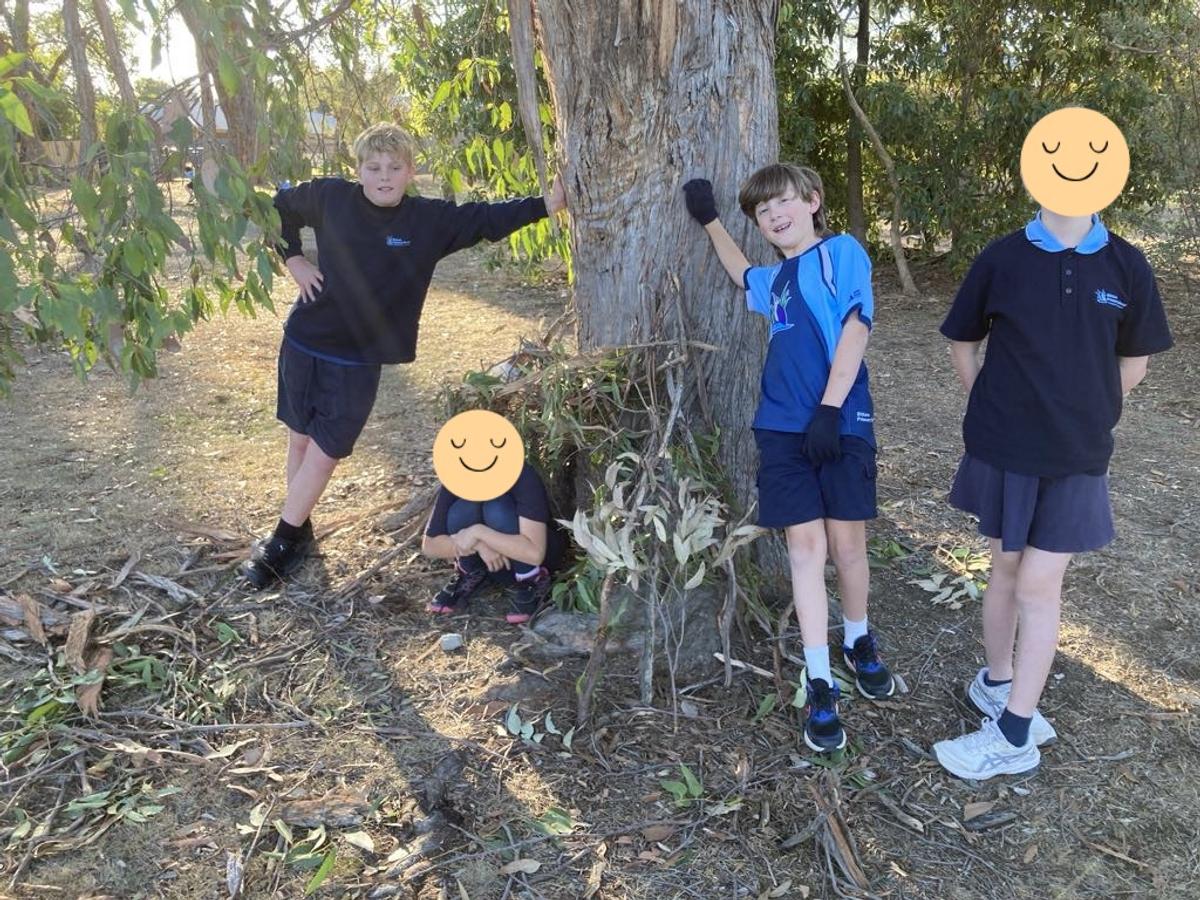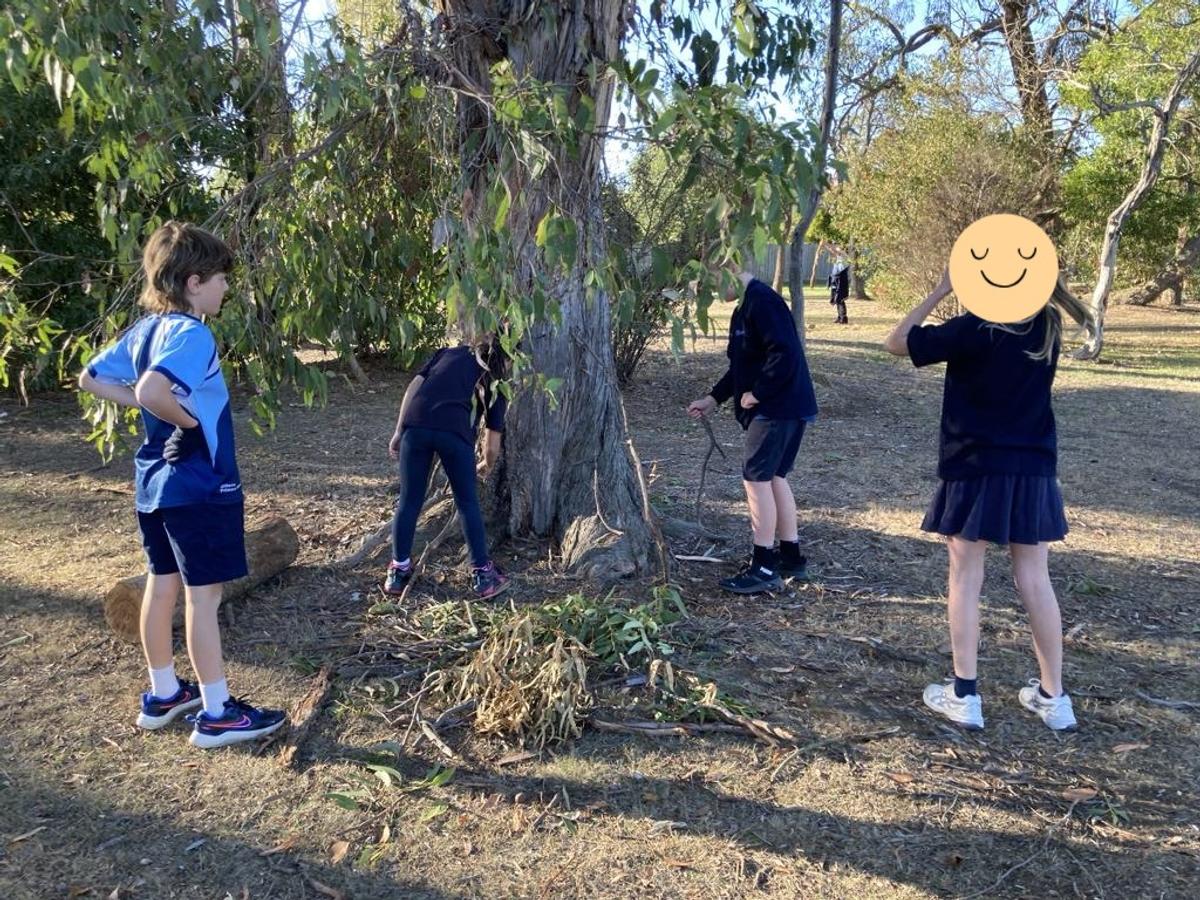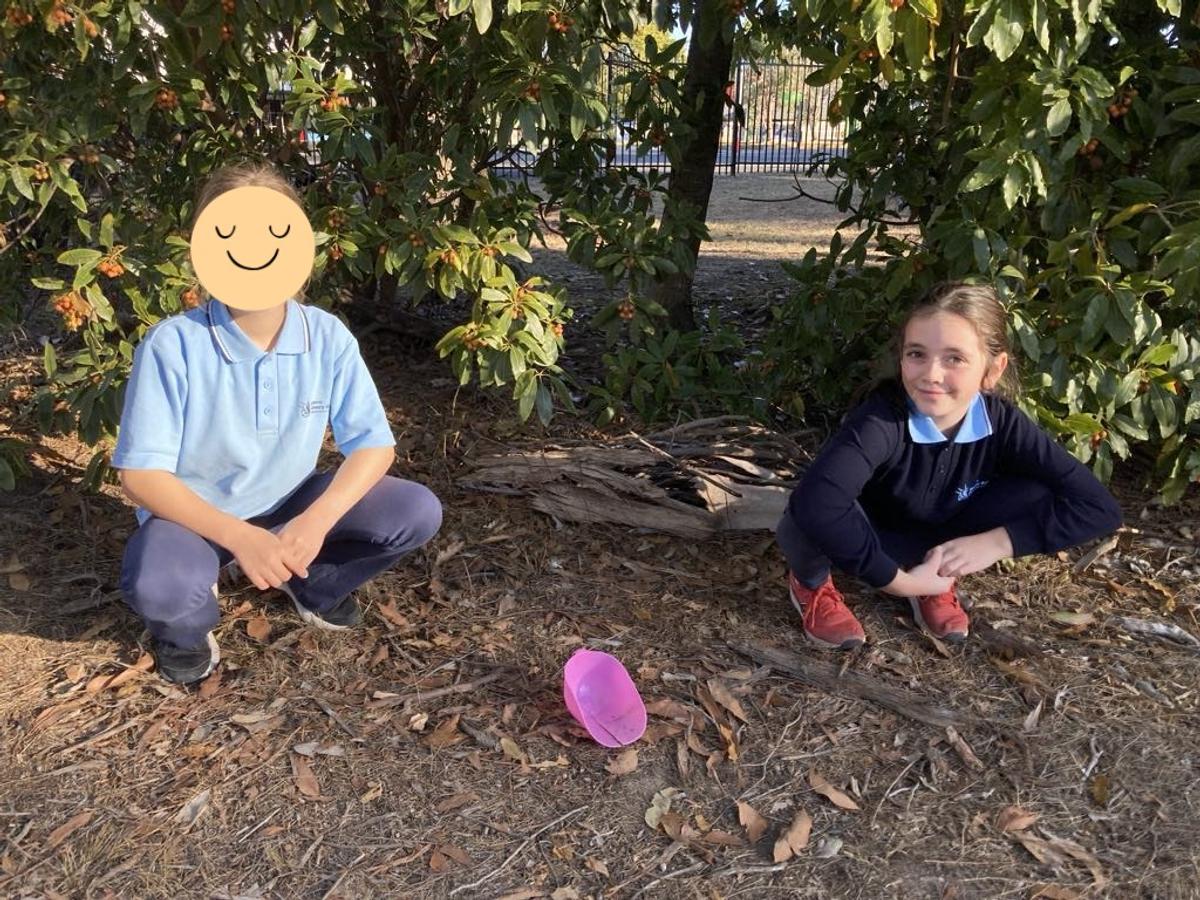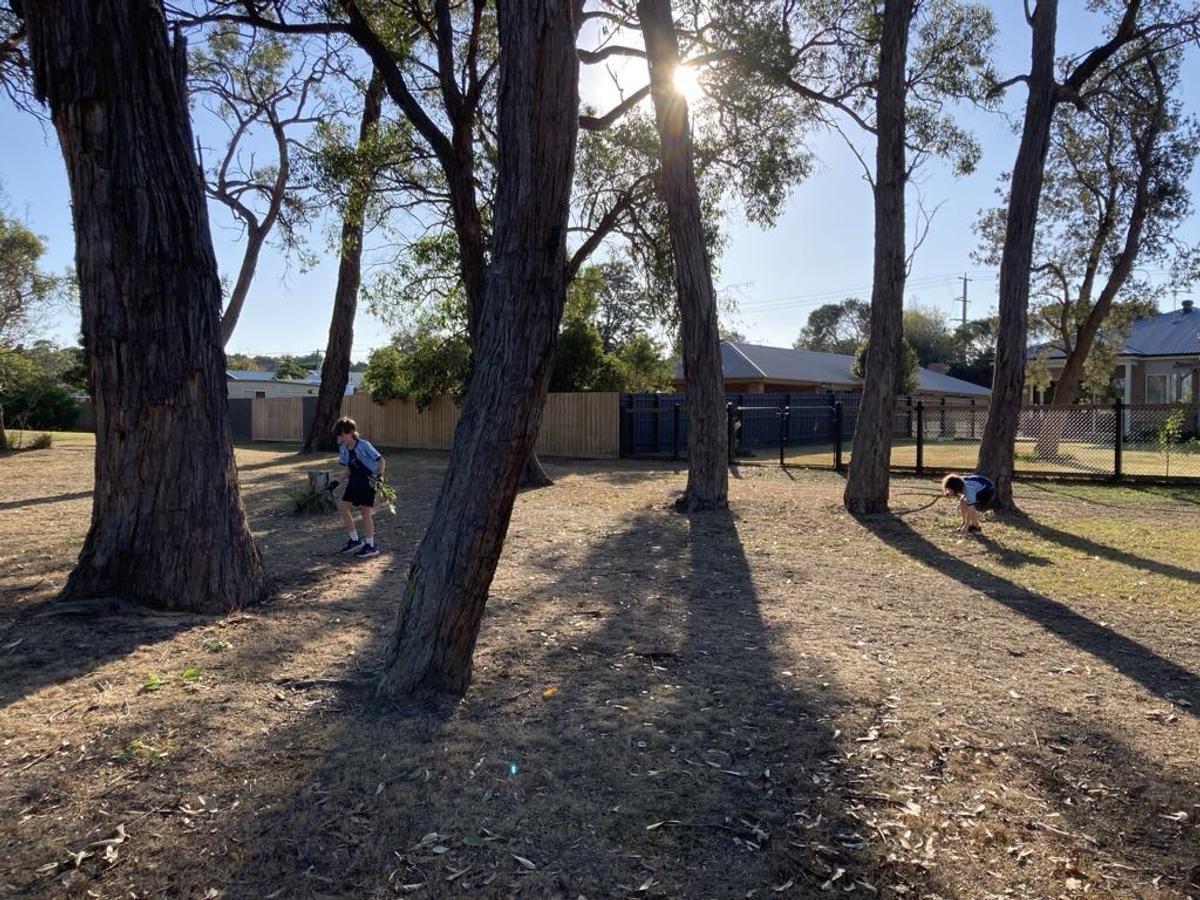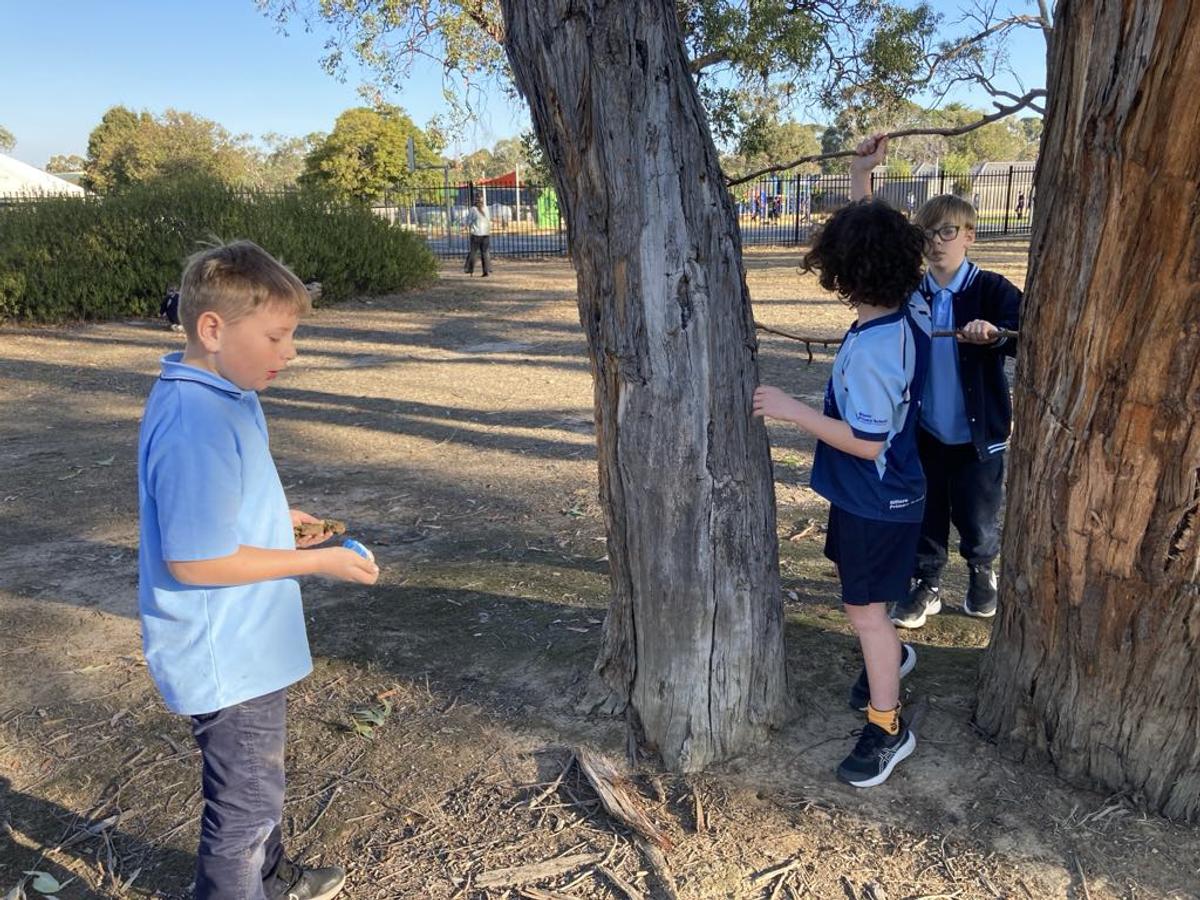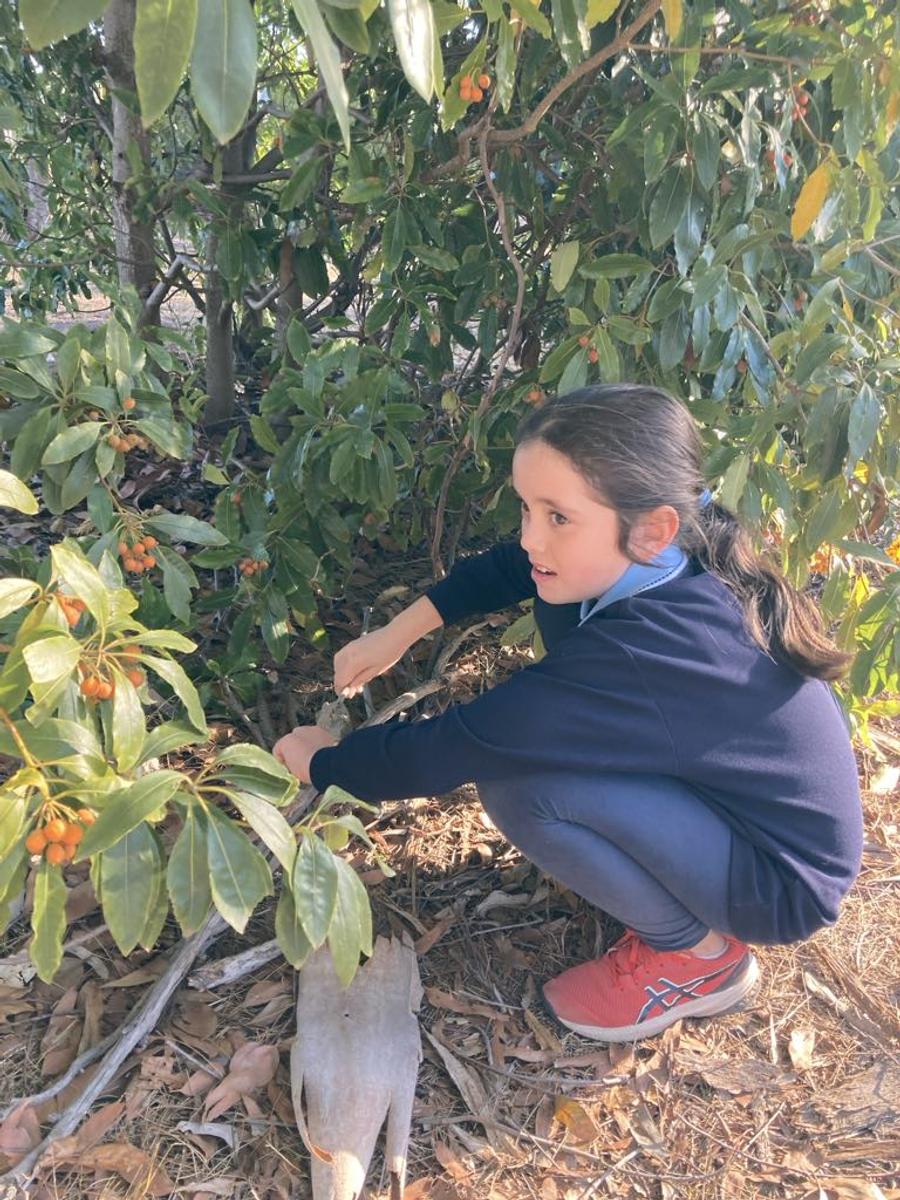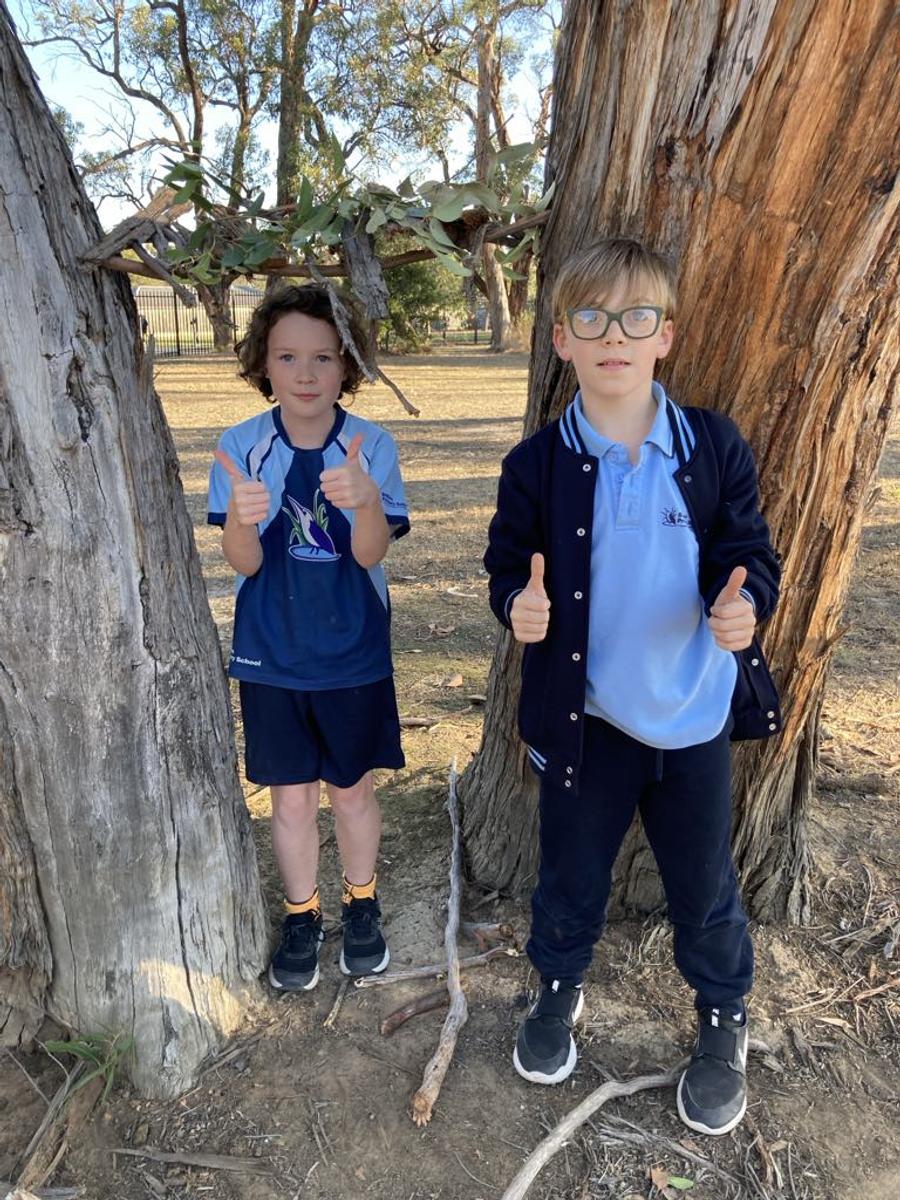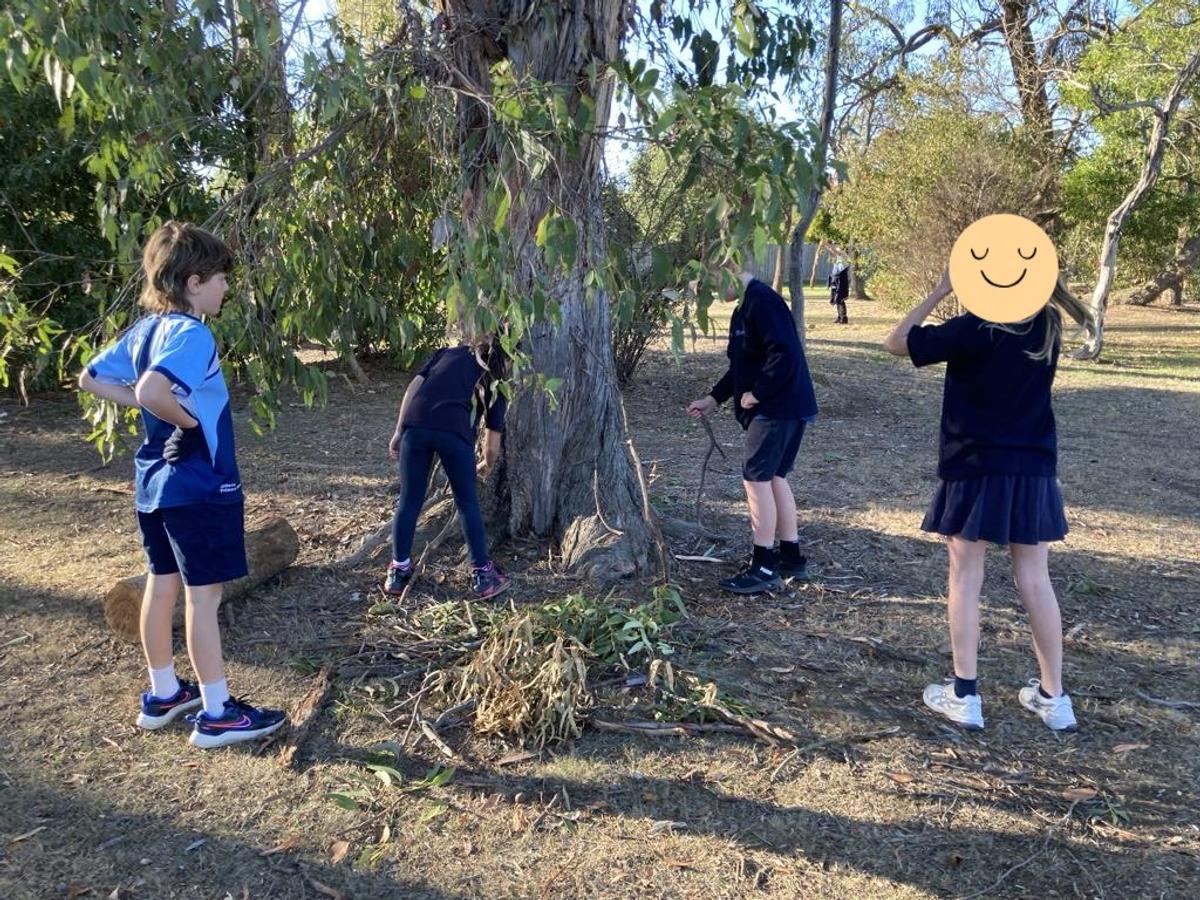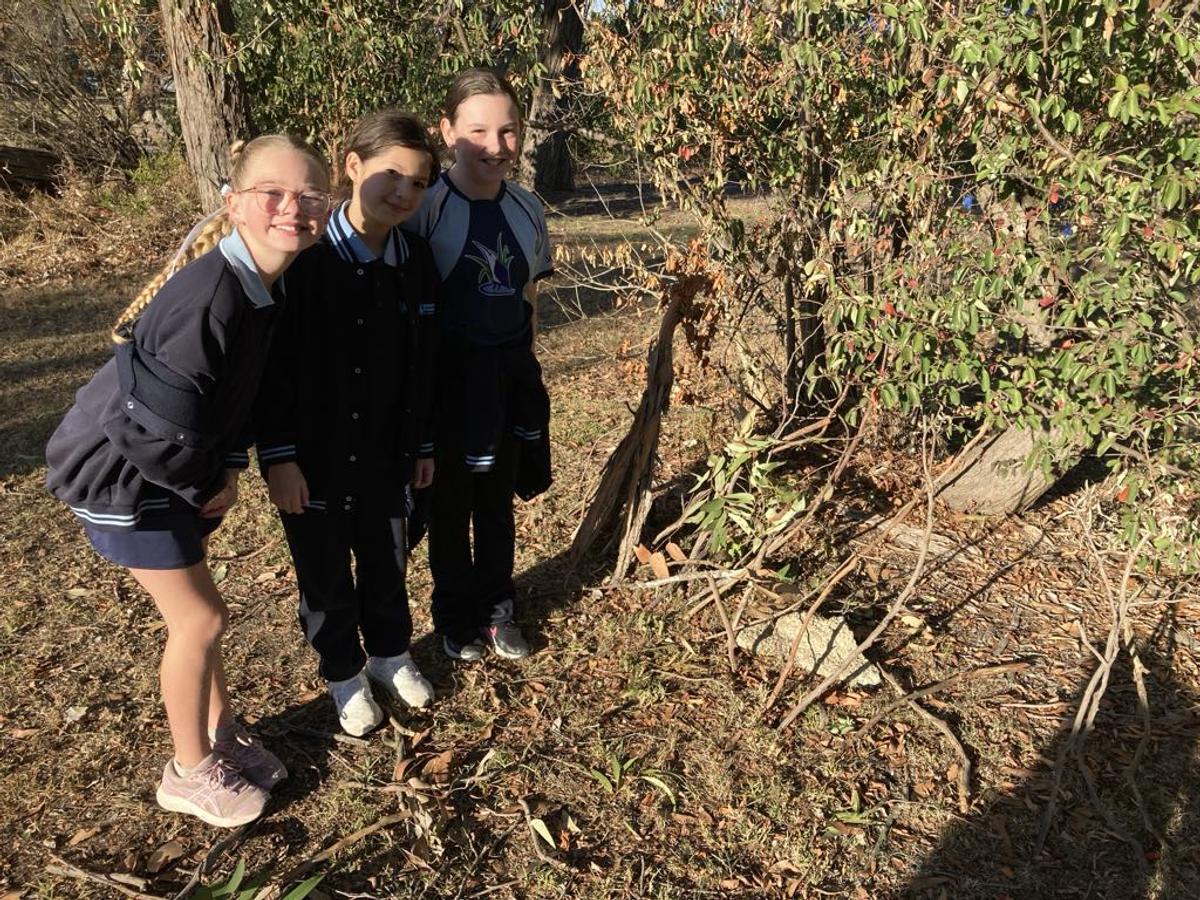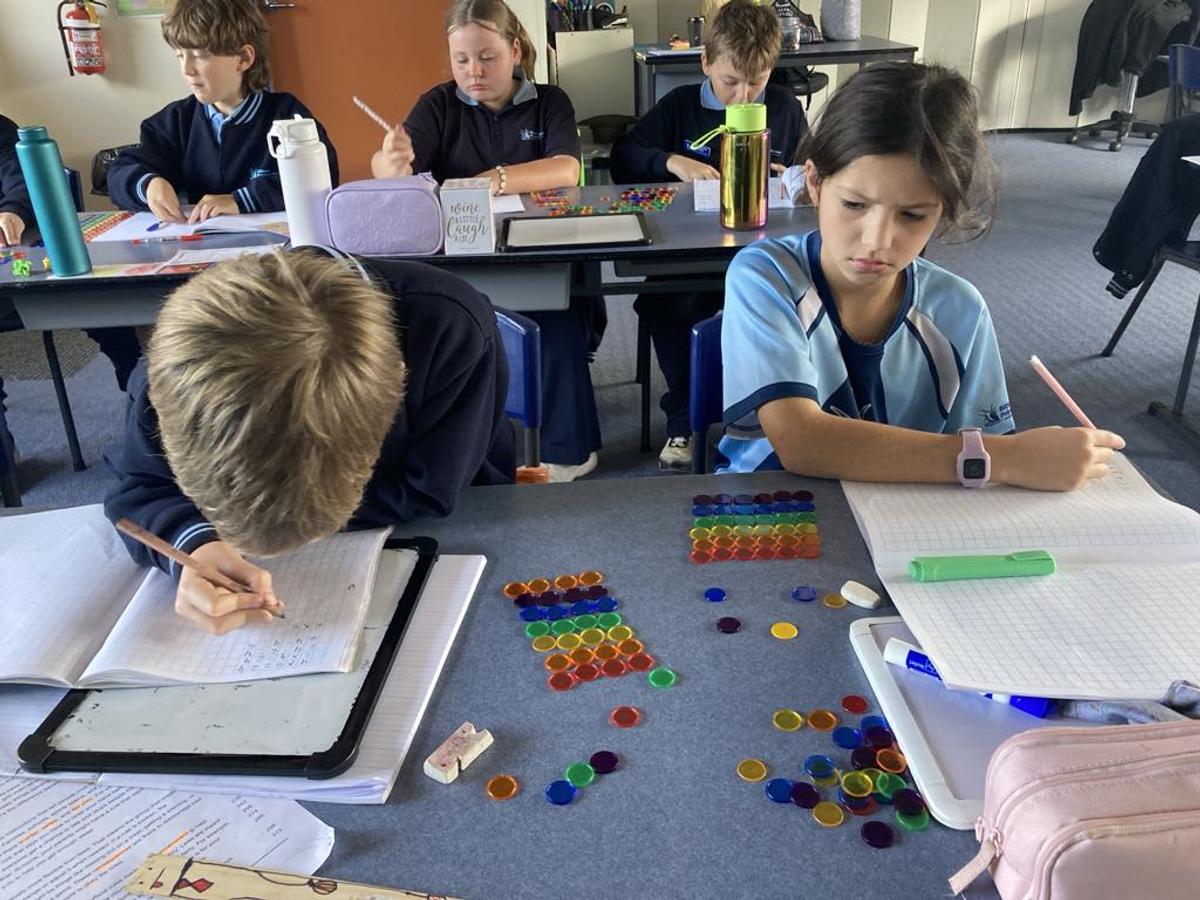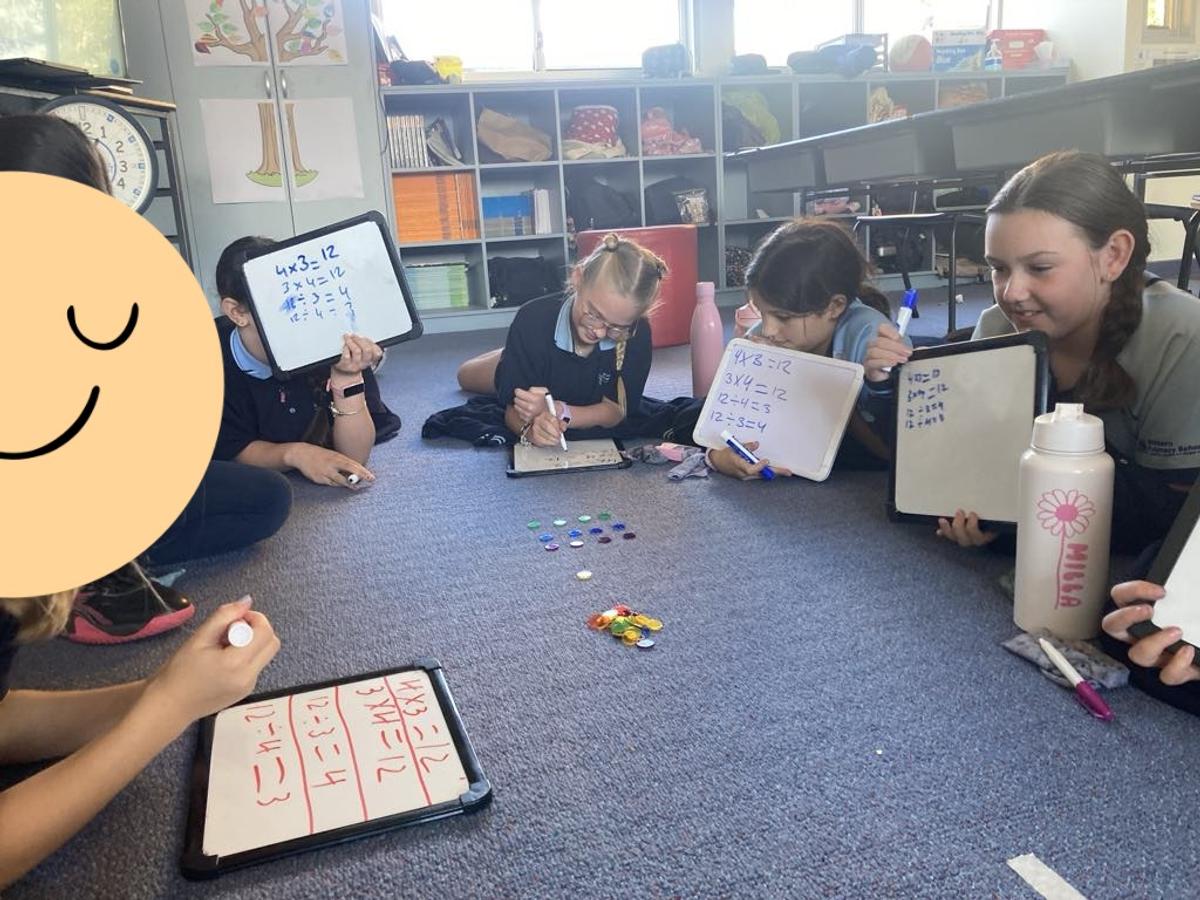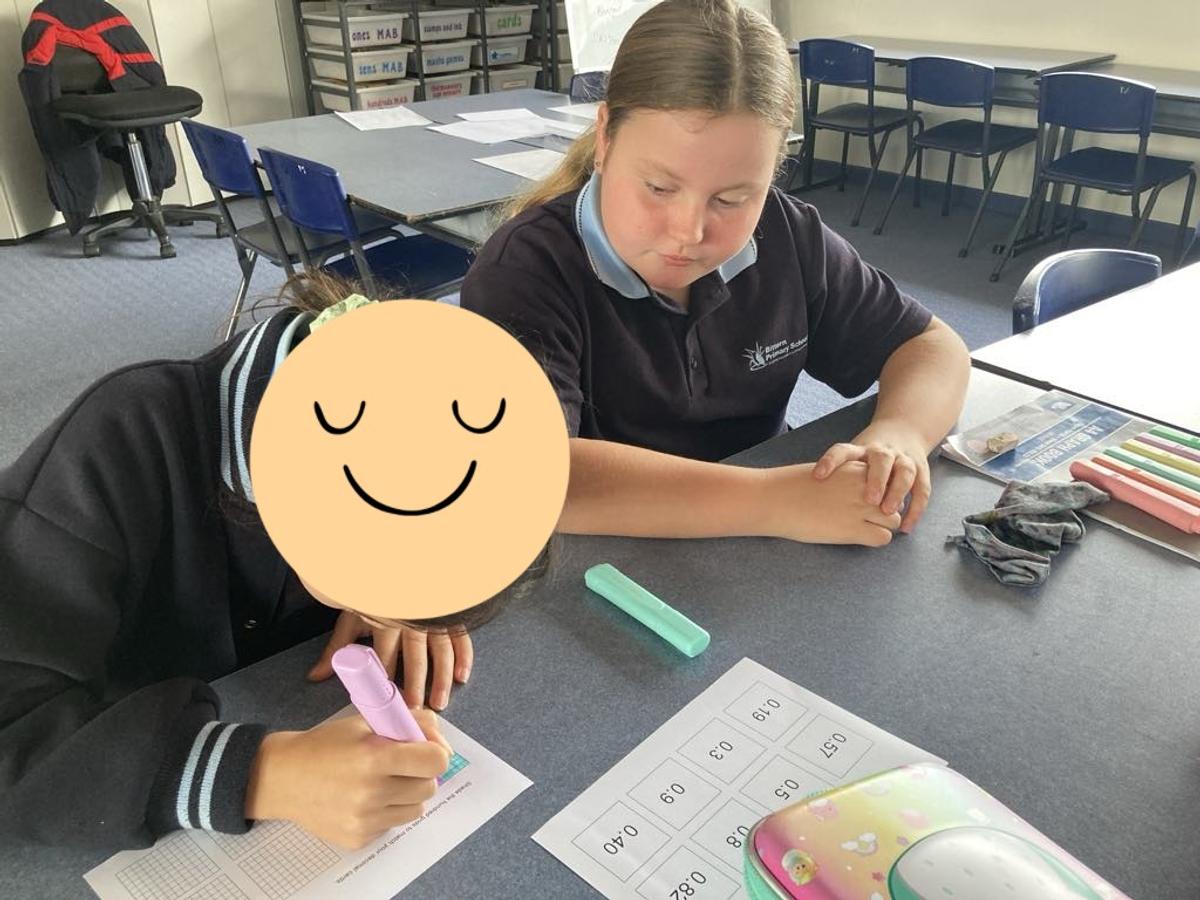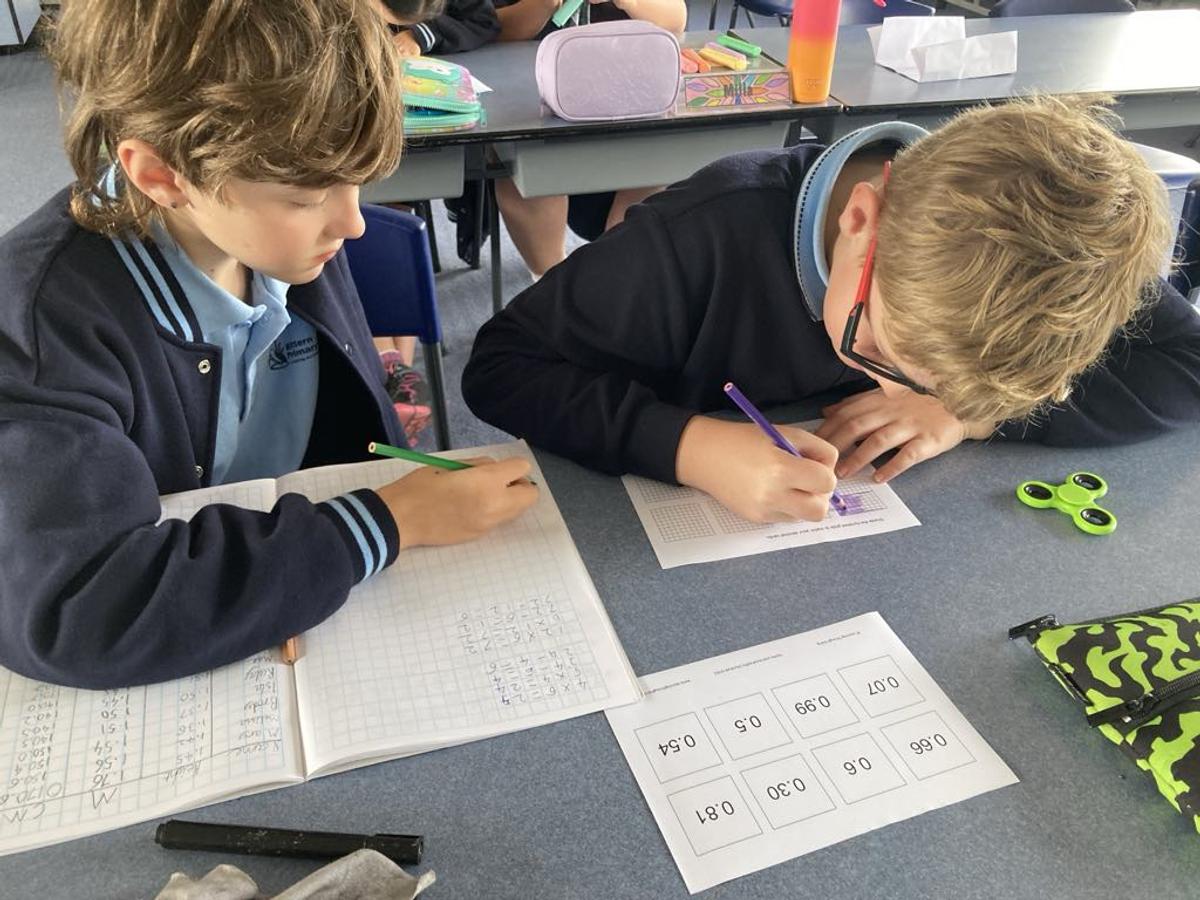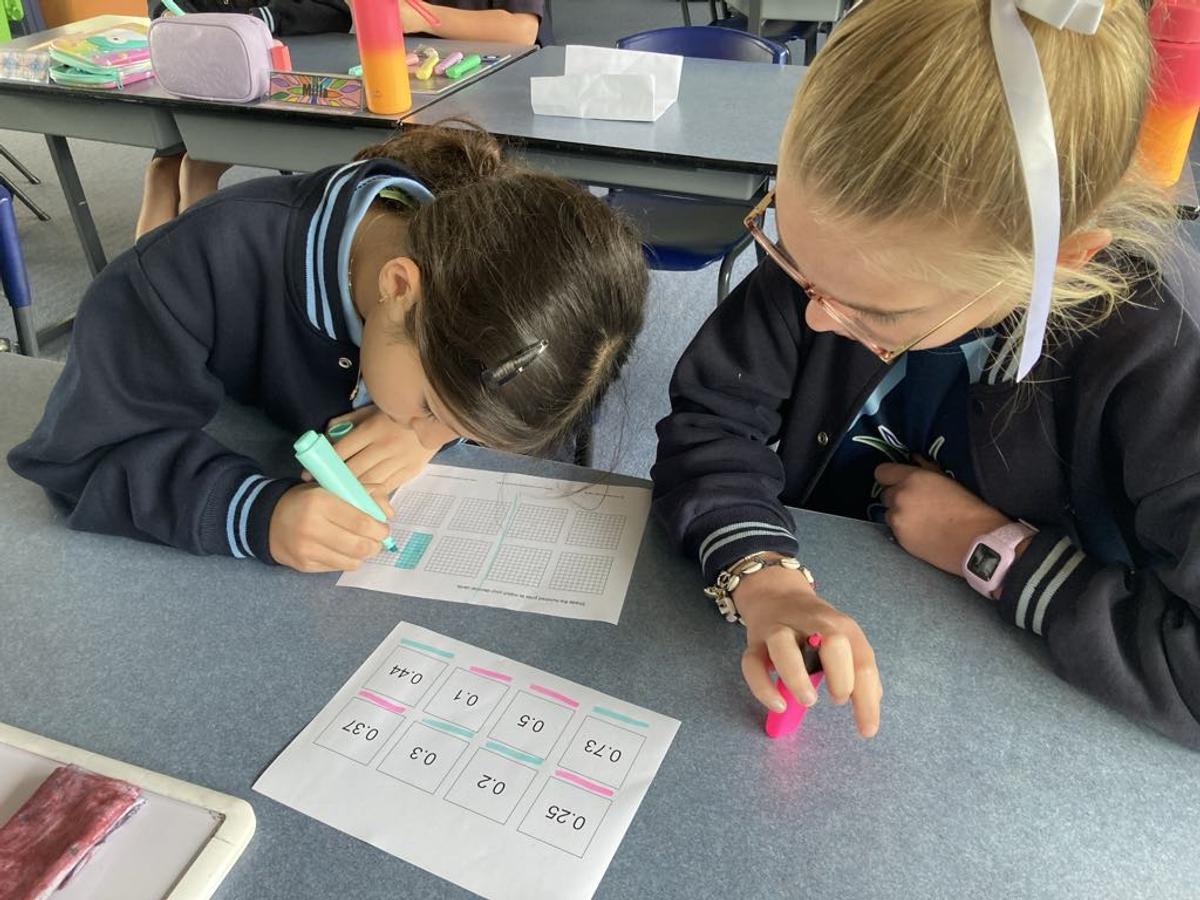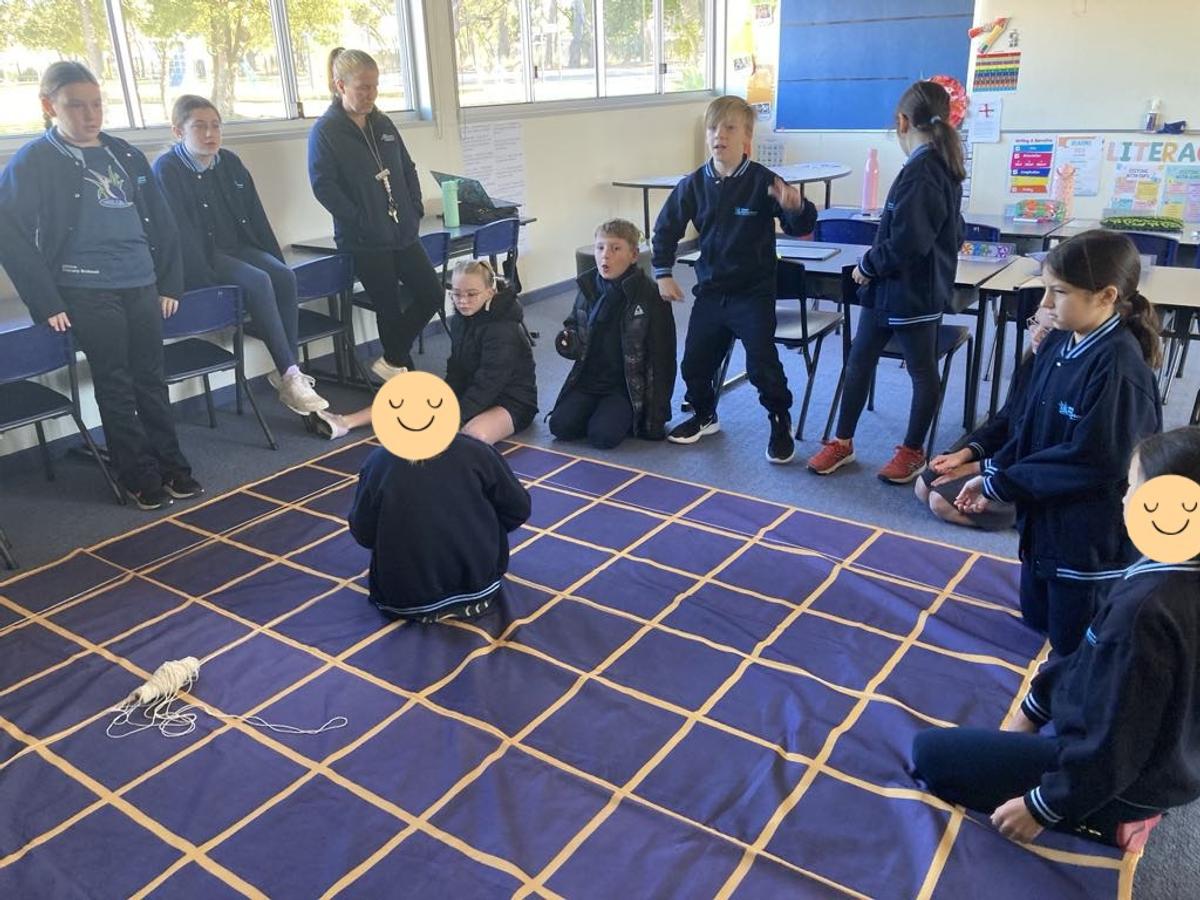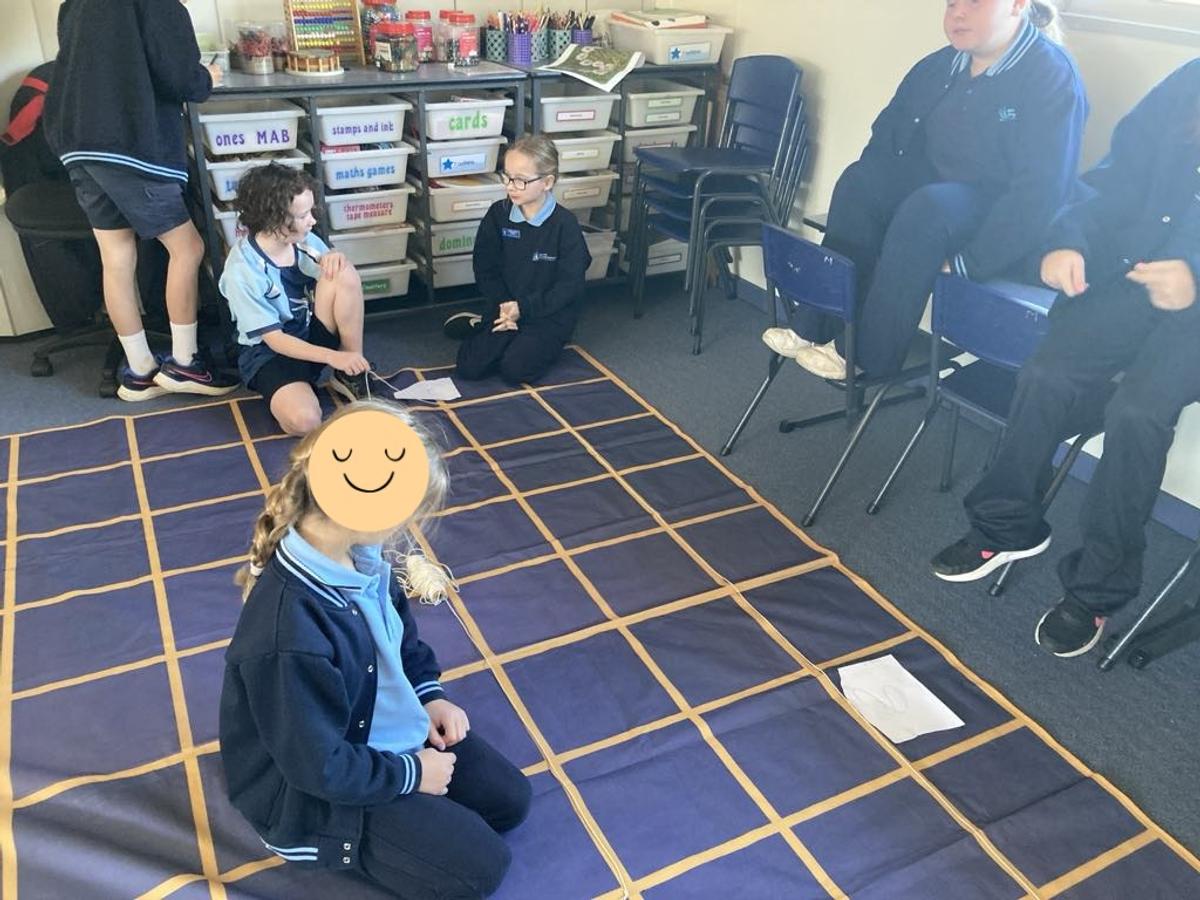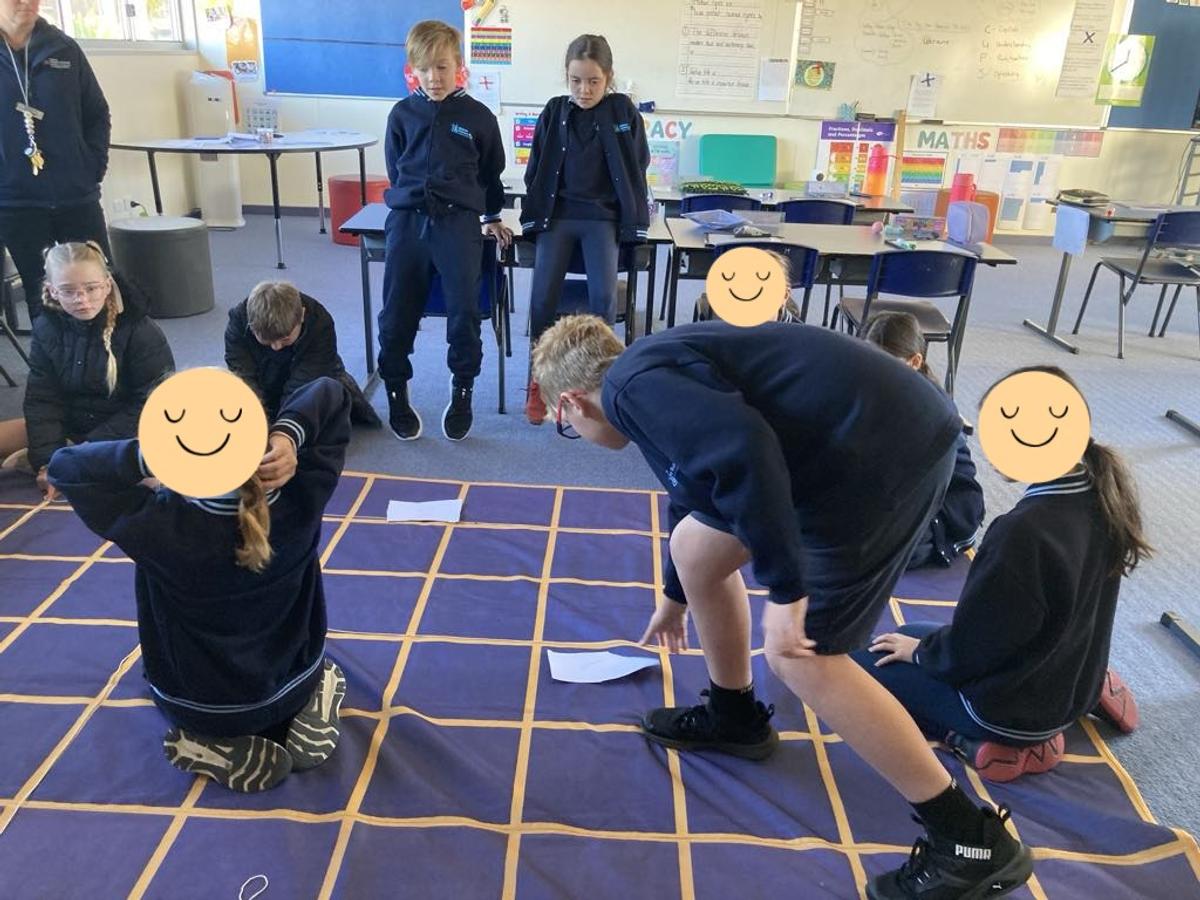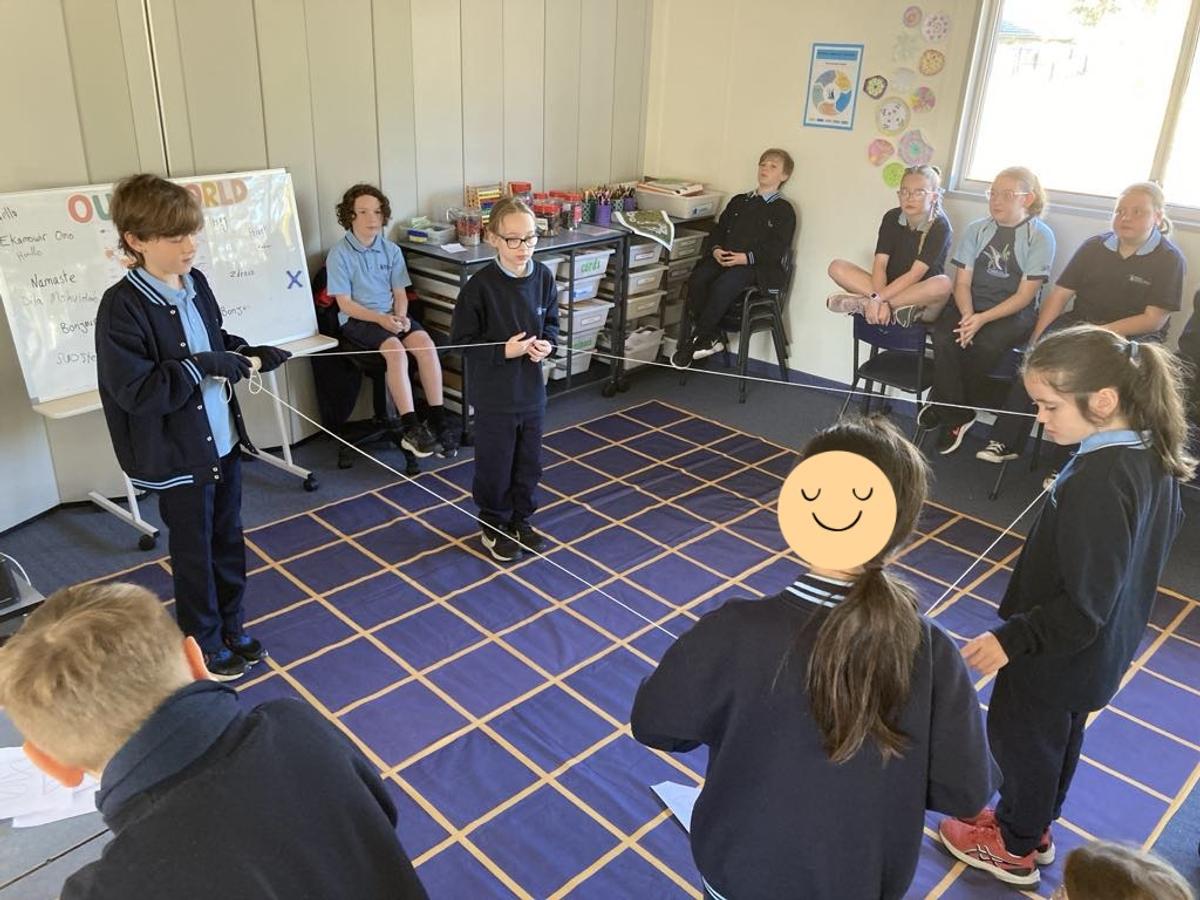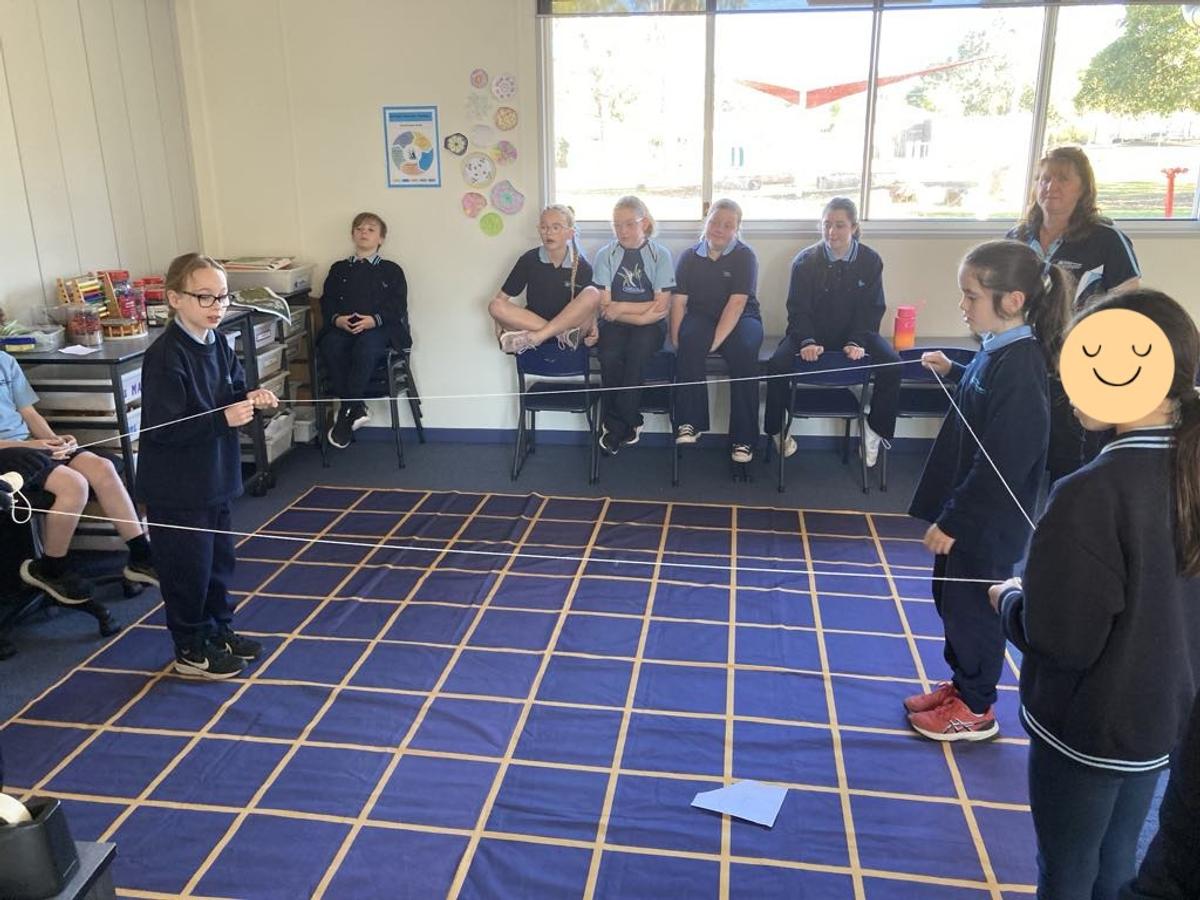Year 4/5
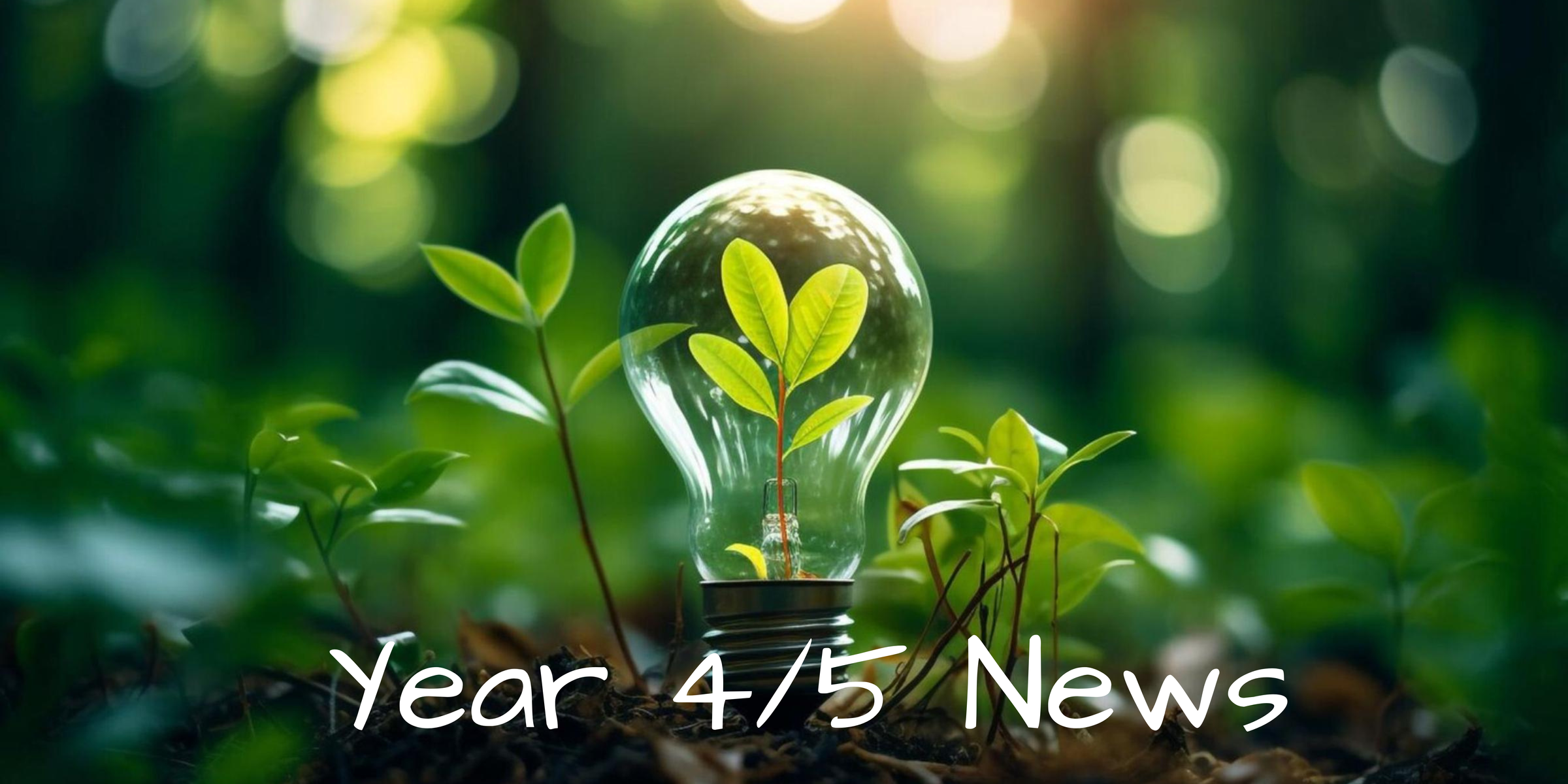
Science - Exploring Life Cycles
We have been learning about life cycles—the stages living things go through from birth to reproduction and eventually death. We explored how different animals and plants have unique life cycles, some simple and others quite complex. We learned that humans, frogs, butterflies, and flowering plants all go through different stages of growth and change, and about the concept of metamorphosis—a fascinating process where some creatures, like butterflies, undergo dramatic transformations. Understanding life cycles helps us appreciate the incredible diversity of living things and how each species is specially adapted to survive and grow.
In our study of flowering plants, we investigated how seeds travel away from their parent plant to begin a new life cycle. Students learned about five key methods of seed dispersal: gravity, wind, water, explosive force, and animals. We discussed how each method works and examined real-life examples, like how dandelions float on the breeze or how animals help spread seeds by eating fruit or getting seeds stuck to their fur. As part of our hands-on learning, we conducted an experiment to test how wind strength affects how far seeds can be dispersed. This exciting activity brought science to life and showed just how clever nature can be when it comes to spreading new life!
We started our second unit in biological sciences with 'The Survival of Living Things.' and thinking about what humans need to survive. We learned the basic needs humans require to survive and stay healthy and that these needs fall into two main categories: physical (or physiological) and environmental. Ask your children about the 3 minutes, 3 hours, 3 days, and 3 weeks rule! Physically, we need oxygen to breathe, clean water to stay hydrated, food for energy and nutrients, and sleep to help our minds and bodies rest and recover. Environmentally, humans need warmth—usually from the sun or other heat sources—and shelter to protect us from weather and danger. We had so much fun creating our survival shelters! Understanding these survival needs helps us appreciate how people live safely and stay healthy in different environments around the world.
Civics and Citizenship
The last couple of weeks has seen us exploring the importance of laws in keeping society fair and safe. We have learned that laws help protect our rights, solve problems and promote justice in everyday life. We discussed children's rights—like the right to education and safety—and why it's important to stand up for them. We also learned about customary lore, the traditional laws of Indigenous communities, and native title, which recognises the connection Indigenous Australians have to their land. We explored how human rights belong to everyone and how the legal system works to protect those rights and maintain order. These lessons have helped students understand how laws shape our lives and the value of respect, fairness, and justice in our community.
Our class explored the importance of belonging and diversity. We talked about how belonging means feeling accepted, valued, and included in different groups like family, school, and sports teams—not just being there, but feeling emotionally connected. We also learned how diversity makes our communities stronger by bringing together different ideas, cultures, and experiences. These discussions are helping us understand the value of inclusivity, respect, and the positive impact of being part of a supportive and diverse community.
Maths
We have been learning how multiplication and division facts are connected. From 2 × 3 = 6, we can also say 3 × 2 = 6, 6 ÷ 2 = 3, and 6 ÷ 3 = 2. These four facts make a fact family. We used coloured buttons to help us see and talk about the different ways we can solve multiplication and division problems. This hands-on learning helped us understand how numbers can play different roles in problems, even when the equations look the same!
We have been learning how to represent and understand decimals using hundred grids. We practised shading parts of the grid to show tenths and hundredths and learned how to read these diagrams to write matching decimals. We explored how the first place after the decimal point shows tenths—which can be shaded as whole rows or columns—and how the second place shows hundredths, represented by individual squares. This hands-on learning has helped us see how decimals work and build a strong foundation for future number work.
We have been exploring perimeter. Did you know 'peri' means around and 'meter' means to measure. We discovered that to find the perimeter, you simply add up the lengths of all the sides. We practised measuring and calculating perimeter using both regular and irregular shapes. Through hands-on activities and problem-solving tasks, we are becoming more confident in using rulers, adding measurements, and thinking about real-world situations where we need to know the distance around something!
Literacy
We have been having some fun with our weekly spelling words. Our challenge is to write a short story using as many spelling words as we can in a short time. These stories always make us smile with their creativity and silliness. Here is one for you to enjoy.
'The three blind mice once ran on their feet to find trees. Keeping cool chasing a bumblebee, which is chasing the three blind mice, who needed to chase the farmers wife, who cut their tales off with a carving knife. Next the three blind mice were bleeding. Evilly she laughed as she said "you'll be in trouble now". The three blind mice started to freeze so they squeezed together in a huddle. The farmer said he'll and she'll shall go to the the meeting about feet.', By Mary

